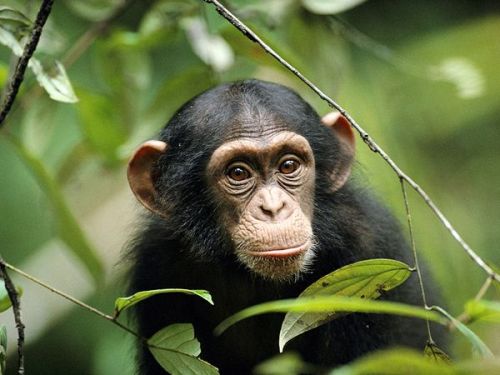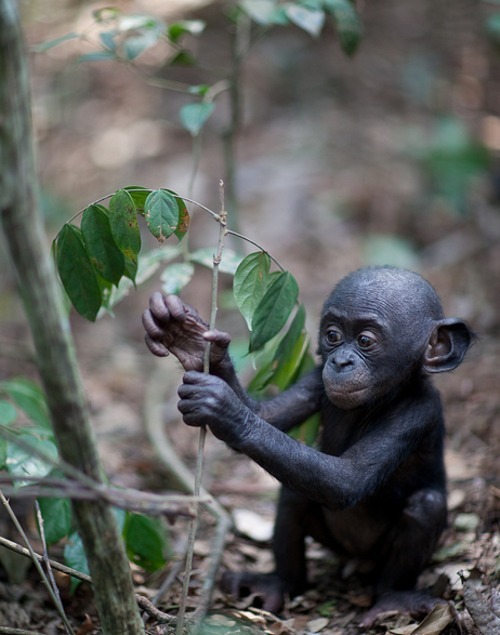Aw, just look at those eyes!
Look what Disney Nature has coming out in April!
We will definitely be going!
We will definitely be going!
- Chimpanzees are the most social of all the apes living in communities of between 15 and 120 individuals.
- Their communities are often split into a number of subgroups with a male as the leader of the group.
- Males seldom leave the community where they were born.
- Females often migrate to a new community during an adolescent estrus period.
- Chimpanzees travel mostly on the ground (terrestrial) by knuckle walking.
- Chimpanzees groom each other daily, and this activity has an important social function of calming and comforting individuals and solidifying bonds with each other.
- Mothers often travel alone with their offspring.
- They construct nests at night in which to sleep.
- Chimpanzee males in the wild cooperative hunt for meat.
- Their diet is mainly fruits with regular amounts of insects, as well as birds and small mammals.
- Chimpanzees use tools to gain access to food, such as fishing for termites with sticks fashioned for the job and cracking open nuts with anvil-like rocks.
- Females in estrus have a prominent swelling of the pink perineal skin, lasting two to three weeks and occurring every four to six weeks.
- Females give birth every 4 to 5 years and their gestation period is 8 to 9 months.
- Chimpanzees have a long mother-infant dependency period where infants will nurse on their mothers for 5 years and stay with their mothers several more years learning to care for younger siblings.
- The life span for chimpanzees is 40 to 50 years in the wild and over 50 to 60 years in captivity.




No comments:
Post a Comment